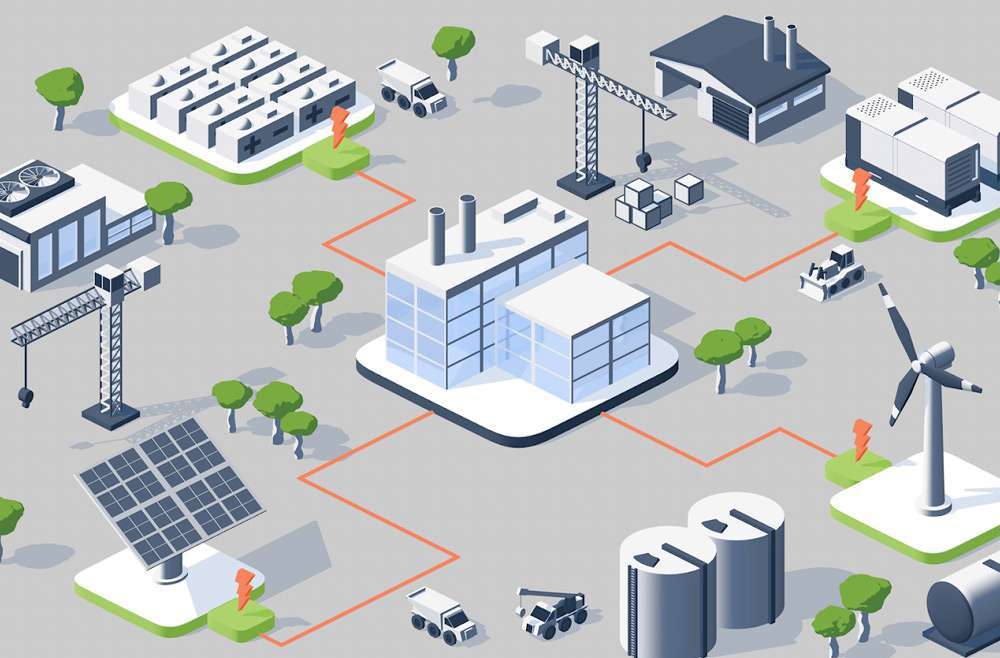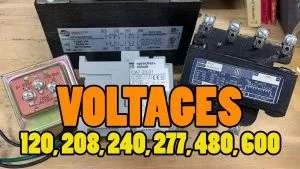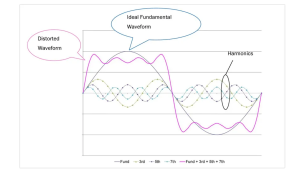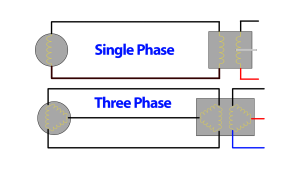Localized energy systems, known as microgrids, can operate independently or in conjunction with the main electrical grid. They incorporate various energy sources, such as solar panels, wind turbines, and traditional generators, along with energy storage solutions like batteries. Microgrids enhance energy resilience, efficiency, and sustainability by providing localized power generation and distribution.
What is a Microgrid?
A microgrid is a decentralized group of electricity sources and loads that typically operates connected to the traditional grid but can disconnect and function autonomously. This capability makes these systems particularly valuable for critical facilities, remote areas, and regions prone to natural disasters. By generating and managing power locally, they reduce transmission losses and improve energy security.

How Do Microgrids Work?
Microgrids function through a combination of energy generation, storage, and control systems. Here’s a breakdown of the main components and their functions:
- Energy Generation Sources: These include renewable energy sources like solar panels and wind turbines, as well as conventional generators powered by diesel, natural gas, or other fuels. These sources provide the primary power for the microgrid.
- Energy Storage Systems (ESS): Batteries and other storage technologies store excess energy generated during low-demand periods. This stored energy can be used during peak demand times or when renewable generation is low.
- Power Conversion Systems: Inverters and converters transform the generated power into a form that can be used by the local loads and ensure compatibility with the grid when the microgrid is connected.
- Microgrid Controller: The brain of the microgrid, the controller manages the distribution of energy, switching between grid-connected and island modes, optimizing energy usage, and maintaining stability and reliability.
- Distribution Infrastructure: This includes wiring, transformers, and other equipment that distribute electricity within the microgrid and connect it to the main grid.

Kodiak Island Microgrid
A prime example of how a microgrid operates effectively is Kodiak Island, Alaska; integrating renewable energy sources with energy storage and control systems to provide reliable power to a remote community. Kodiak Island’s microgrid includes six wind turbines, contributing approximately 1.5 MW each, making wind a significant renewable energy source for the island. The Terror Lake Hydroelectric Project provides the majority of the island’s electricity, with an installed capacity of about 33 MW. Diesel generators serve as backup power sources, ensuring a steady power supply during periods when renewable generation is insufficient (e.g., low wind conditions).
The system employs a battery storage system to store excess energy generated by the wind turbines and hydropower during low-demand periods. Then, the system uses the stored energy during peak demand times or when renewable generation dips. Flywheels are also used for short-term energy storage and to provide frequency regulation and stability to the grid.

Inverters installed on the microgrid convert the DC power generated by the wind turbines and stored in batteries into AC power, which is compatible with the island’s electrical infrastructure. From there converters ensure that the power from various sources is converted to the correct voltage and frequency for local use and grid compatibility.
Kodiak Island’s microgrid demonstrates how a well-designed combination of renewable energy sources, energy storage, and advanced control systems can provide reliable, sustainable, and cost-effective power to a remote community. This setup ensures energy security and resilience, making it a model for other isolated regions seeking to enhance their energy infrastructure.
Benefits of Microgrids
Microgrids offer numerous benefits, ensuring a reliable power source during grid outages and maintaining continuous operation for critical facilities like hospitals, data centers, and military bases. By decentralizing power generation, they enhance the resilience of the energy system against natural disasters and other grid-caused disruptions. Localized generation not only minimizes transmission losses but also allows for optimized efficiency. The integration of renewable energy sources within microgrids reduces reliance on fossil fuels, thereby lowering carbon emissions. Additionally, these systems can significantly cut energy costs by optimizing the use of local generation and storage. It also provides power during peak demand times when electricity prices are highest.
Integration into the Greater Grid
Microgrids have the flexibility to operate independently in island mode or remain connected to the main grid, offering significant advantages when integrated into the larger grid. When connected to the main grid, microgrids can supply additional power to the main grid during peak demand periods, reducing strain on the overall system. They also play a big role in frequency and voltage regulation by quickly adjusting their output to maintain stable levels. Furthermore, microgrids facilitate the integration of renewable energy sources, providing a stable and controlled environment for their effective use. These capabilities make microgrids valuable assets in enhancing grid reliability and supporting the transition to sustainable energy solutions.
Leading Industry Players
Several companies are pioneering the development and deployment of microgrids. Here are a few notable ones:
- Schneider Electric: Known for its comprehensive microgrid solutions, including hardware, software, and services. Their EcoStruxure Microgrid Advisor is a cloud-based energy management platform that optimizes the performance of microgrids.
- Siemens: Offers advanced microgrid solutions with their SICAM Microgrid Controller, which provides seamless integration with the main grid and ensures reliable and efficient operation.
- ABB: Provides a range of microgrid solutions, from small, remote community microgrids to large, industrial-scale systems. ABB’s Ability™ Microgrid Solutions are designed to enhance reliability and sustainability.
- General Electric (GE): GE’s microgrid solutions focus on integrating renewable energy sources and providing reliable power in remote or isolated areas. Their Grid Solutions business offers advanced microgrid control systems.

Conclusion
Microgrids represent a significant advancement in the way we generate, distribute, and manage electricity. For electricians, understanding the components, operation, and benefits of microgrids is crucial for staying ahead in the evolving energy landscape. By embracing these technologies, you can help your customers achieve greater energy independence, reliability, and sustainability, while also expanding your own skillset and service offerings.






